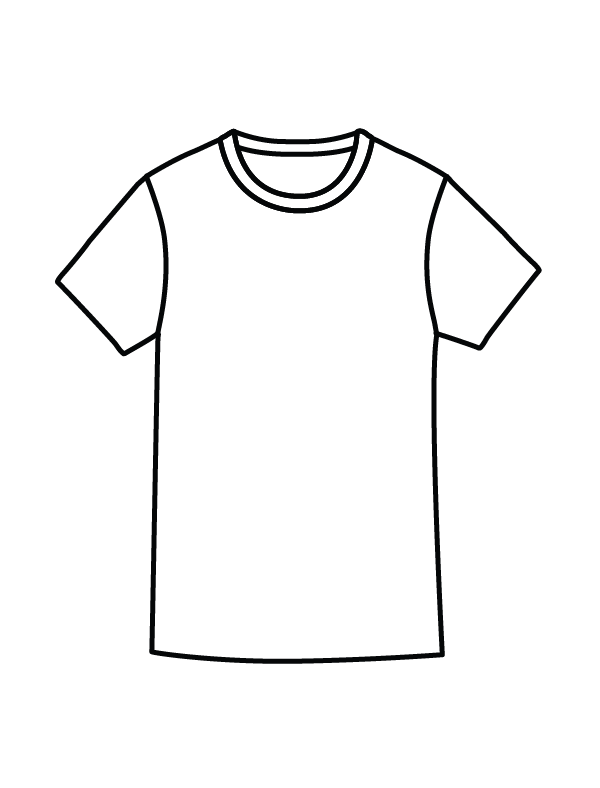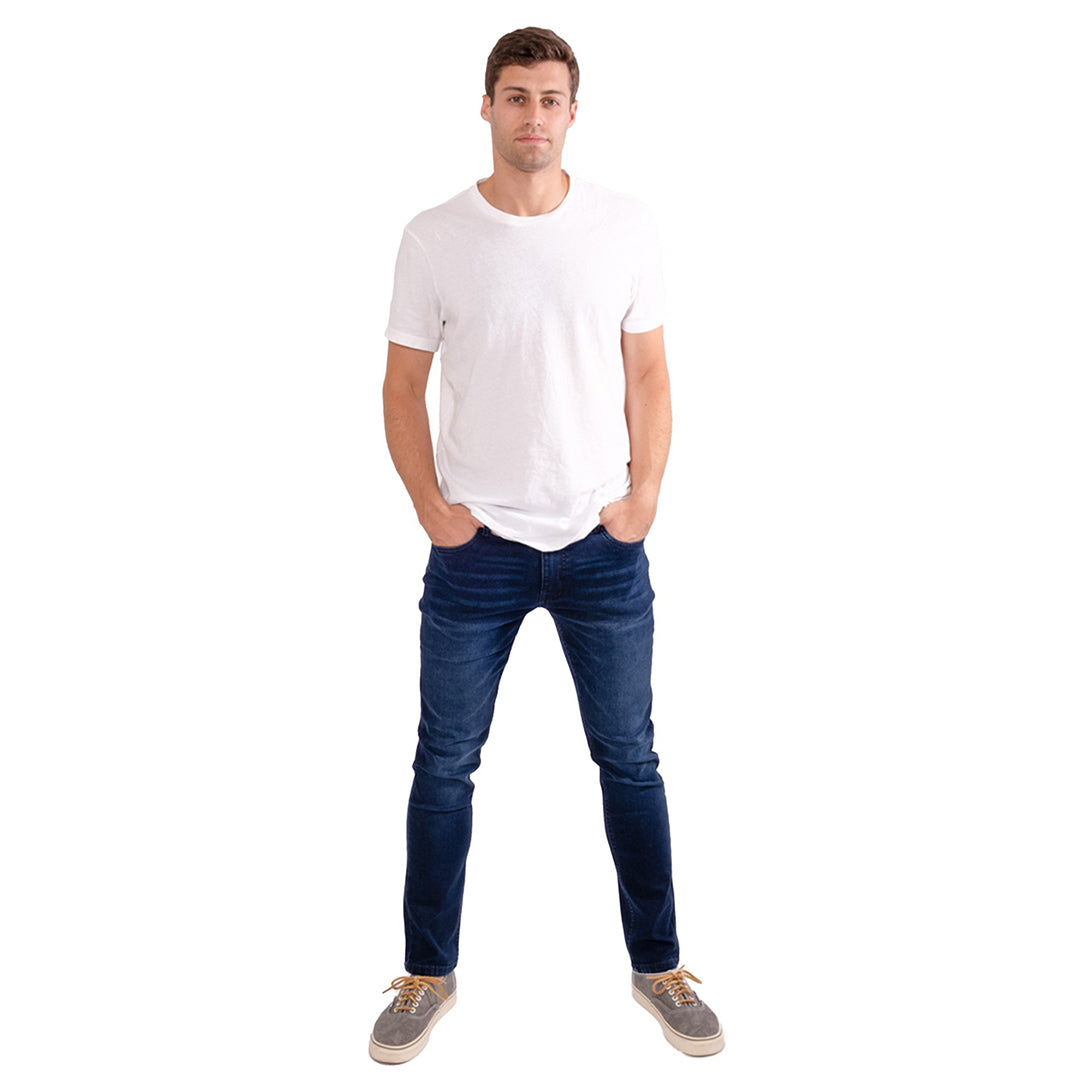When you picture a pair of jeans, they may be athletic fit jeans, bootcut, or even skinny, nine times out of ten, they are invariably a form of men’s blue jean. That classic blue color that has forever been associated with the pant has been around since denim's beginning in the late 1800s.
The Creation of Denim
Denim fabric was created in the Middle Ages in France when fabric-makers tried to recreate a durable fabric from Genoa, Italy. Though they didn't get it quite right, their "serge de Nimes" (meaning twill fabric from Nimes) claimed its own place in the fashion industry and became Anglicized as denim.
The famous trousers made from the fabric, originally called "waist overalls" by Levi Strauss, became known as "jeans" from the French name "Genes" for Genoa. But how did men’s blue jeans become blue?
The fabric gained its blue coloring when dyed with natural indigo dye from India. Because indigo dye was expensive, the original denim makers used a waft weaving method that allowed them to use an undyed white thread for the back of the denim. Synthetic indigo later was created to make the fabric less expensive to make, but the popularity and durability of the style meant the weave never changed.
Denim of Another Color
Denim gained new colors when manufacturers applied sulfur dying to the fabric, which allowed them to create black and gray denim, along with other colors that followed fads then faded away. One could argue that black denim is just as popular as the classic blue because of its versatility and ease of wear, as a darker denim in a classic cut can easily be dressed up or down.
Other denim colors have come about through the years as well. Washes have been applied to denim fabrics for years to create varying shades of blue. From classic stonewashing and edgy acid washing to more recent advancements like enzyme washing, sandblasting, and laser fading, these techniques have transformed denim into a canvas for creativity, adding a touch of character through naturally aged techniques or intricate patterns, making denim that's fashionably unique and endlessly appealing.
Why Blue Jeans Fade
The chemical reaction of indigo dying also leads to denim fading with many washings. In most dying processes, the dyes penetrate the fabric, and the color remains consistent as the fabric wears. Indigo dye only binds to the outside of the thread, and small bits peel away through repeated washings.
This process also leads to denim products getting softer as they wear because the rough parts of the fabric peel away with the indigo dye.
Emerging Fabrics
Levi Strauss originally constructed its waist overalls in both brown duck cloth, and denim. Due to its softness and durability, denim emerged as the people’s favorite – and the duck cloth fabric took a back seat.
As historian Lynn Downey wrote, “Once someone had worn a pair of denim pants, experiencing its strength and comfort – and how the denim became more comfortable with every washing – he never wanted to wear duck again; because with cotton duck, you always feel like you're wearing a tent."
(That’s exactly why our Denkhakis are made from denim – not just cotton, or cotton duck. Because who wants to wear a tent? That’s one lame duck we don’t f#@k with!)
The Perfect Jean
Denim has come a long way, and so have the styles and variations along with it. Thankfully, we make finding the perfect fit jeans a cinch – our jeans don’t shrink, fade, or dye your other clothes. (Although we do recommend hanging them to dry, we’re not your mom.) Our jeans are made to stand the test of time and survive just about anything you can throw at them.
Available in multiple fits, styles, and colors to help you find that perfect pair – whether it’s our Skinny Fit jeans in Bandit Black, our Athletic Fit in Admiral Blue, or our classic Slim Fit in Indigo, we've got the blue jeans for whatever you need.






